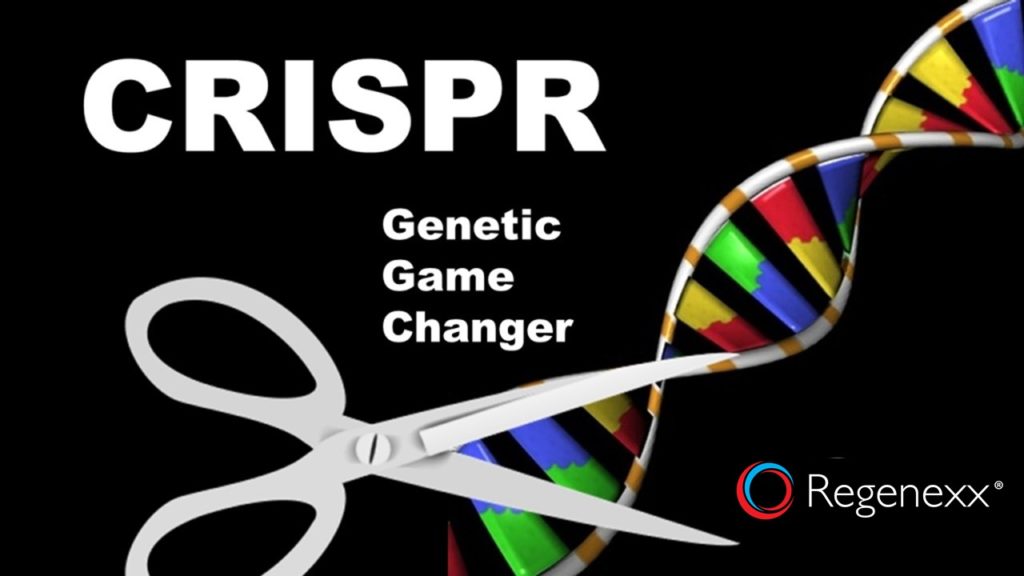CRISPR: The Equivalent of the Internet Modem in Genetics and How It Will Change Everything…
If you’re like most Americans, you likely think CRISPR is a misspelled quality of bacon or potato chips, not a game changer. Or you may have missed it, hidden in plain sight by it’s cryptic acronym. It’s likely the equivalent of the Internet modem in genetics, something that takes a promising technology that’s used by a few and makes it convenient and accurate enough to be used to change the world. So what is it?
We’ve had the ability to edit genes for awhile. As you may recall from science class, everything from your hair color to the angle of your nose to your gluten sensitivity or proclivity to gain weight is determined by the DNA in your genes. These letters of the genetic alphabet can be read by RNA in your body to produce proteins that make you unique. Editing this sequence to change someone’s genes has been only “sort of” accurate for many years, like using a big and clunky set of rusted scissors and bad scotch tape to cut out the letters of the DNA we don’t want and insert the ones we do. CRISPR technology just upgraded that to a laser guided precision set of nano scissors.
CRISPR stands for “clustered regularly interspaced short palindromic repeats” which hearkens back to how the discovery of the precision and easy to use gene splicing tech was discovered more than how it works. Basically, it allows scientists to ID a very specific sequence of DNA and then cut and splice only those areas with precision. This is a big deal, as the technique is easy to use and promises a new era of genetically engineered animals, plants, and perhaps people. Certainly, it may allow for the treatment of what are called SNPs (Single Nucleotide Polymorphisms), where single letter changes in DNA sequences can markedly increase the risk for certain genetic diseases like heart problems and diabetes.
The upshot? CRISPR is a game changer in genetics and medicine that should allow the world of genetics to take off like the modem allowed the Internet to become commonplace. If the world 30 years from now uses routine genetic modification to fix disease and allow us to live longer, it’s likely that the people of that time will point back to an obscure technology from the twenty teens that sounded more like a fried food adjective than a science tool!

NOTE: This blog post provides general information to help the reader better understand regenerative medicine, musculoskeletal health, and related subjects. All content provided in this blog, website, or any linked materials, including text, graphics, images, patient profiles, outcomes, and information, are not intended and should not be considered or used as a substitute for medical advice, diagnosis, or treatment. Please always consult with a professional and certified healthcare provider to discuss if a treatment is right for you.

